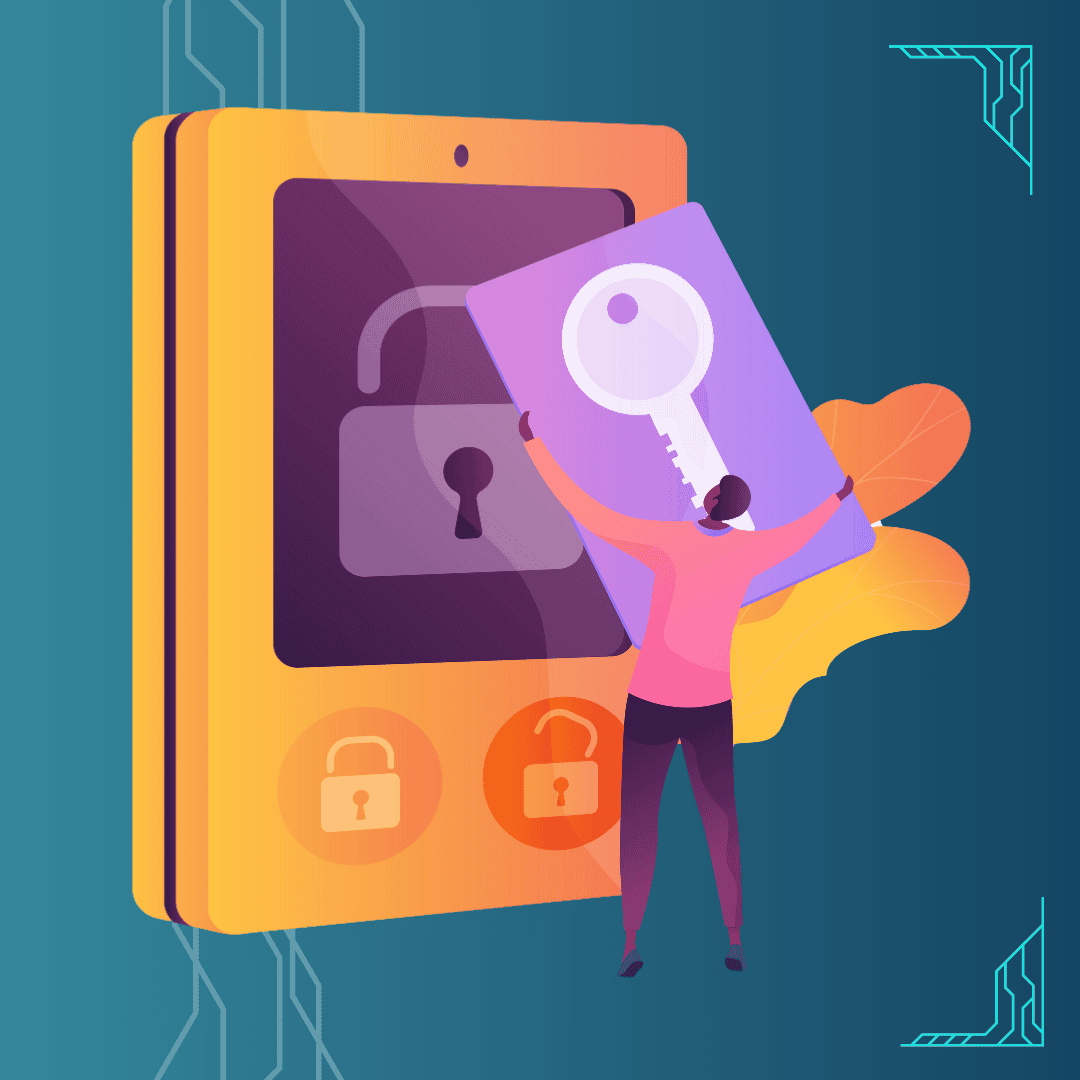Your security alarm system should protect your business — but is it? Many companies make simple mistakes that lead to false alarms, weak spots, and security risks.
The good news?
These issues are easy to fix once you know what to watch for. In this guide, we’ll cover seven common mistakes businesses make—and how to avoid them.
Let’s make sure your security system does its job right.
Poor Placement of Alarm Sensors
Even the best security alarm system won’t work if sensors are in the wrong places. Poor placement can lead to missed intrusions or frequent false alarms.
Common mistakes:
Motion sensors placed too high or too low, reducing detection.
Door and window contacts installed too far apart, causing malfunctions.
Sensors near air vents or heating units, triggering false alarms.
Fix it: Position motion sensors 1.8–2.4 meters high in high-traffic areas. Install door and window contacts within manufacturer-recommended spacing. Keep sensors away from heat sources, vents, and moving objects that could cause false triggers.
Failing to Arm the System Consistently
Your security alarm system is useless if it’s not armed when needed. Many businesses forget to activate their alarms, leaving their property exposed.
Common mistakes:
Employees forget to arm the system at the end of the day.
The alarm is turned off for extended periods when no staff is in the office.
Relying solely on manual activation, leading to human error.
Fix it: Set up an auto-arm schedule so the system activates at closing time. Use reminders or mobile alerts to notify staff if the alarm is left off. If your business has irregular hours, consider a system that detects inactivity and arms itself when no one is present.
Ignoring Regular System Maintenance
A security alarm system needs regular upkeep to stay reliable. Neglecting maintenance can lead to false alarms, sensor failures, or the system not working when you need it most.
Common mistakes:
Failing to test the alarm regularly.
Letting batteries die in wireless sensors or backup batteries in wired systems.
Ignoring system updates and software patches.
Fix it: Schedule monthly system tests to ensure everything works. Replace batteries in wireless sensors and check backup batteries in wired systems. Stay on top of firmware updates to fix bugs and improve security features. If you use a monitored alarm system, confirm that your provider receives alerts properly.
Incorrect Alarm Sensitivity Settings
An alarm system should detect real threats, not create constant false alarms. If sensitivity settings are too high, you’ll get unnecessary alerts. Too low, and real threats might go unnoticed.
Common mistakes:
Motion sensors set too sensitive, triggering alarms from minor movements (e.g., air conditioning, small animals).
Shock or glass-break sensors reacting to normal vibrations.
Entry/exit delay times set too short, causing accidental alarms when staff enter or leave.
Fix it: Adjust motion sensor sensitivity based on the environment. If small vibrations cause alarms, lower the sensitivity of shock sensors. Set reasonable entry/exit delays to give employees enough time to disarm the system without triggering an alert. If unsure, consult your security provider for optimal settings.
Lack of Employee Training on Alarm Usage
Even the best security alarm system won’t work if employees don’t know how to use it properly. A lack of training can lead to false alarms, delays in emergency response, or even security breaches.
Common mistakes:
Employees forgetting alarm codes or using them incorrectly.
Staff accidentally triggering false alarms due to improper disarming.
Not knowing how to handle alarm alerts or emergency situations.
Fix it: Conduct regular training sessions to ensure employees know how to arm, disarm, and respond to alarms. Use clear signage near control panels with simple instructions. Assign specific staff members to manage security procedures and ensure new hires receive alarm system training from day one.
Not Integrating the Alarm System with Other Security Measures
A security alarm system works best when it’s part of a complete security strategy. Relying solely on alarms without other protective measures can leave your business vulnerable.
Common mistakes:
No CCTV cameras to verify alarm triggers.
Lack of access control, allowing unauthorized entry even when the alarm is off.
No alerts sent to mobile devices or security teams for quick response.
Fix it: Integrate your alarm system with CCTV cameras, access control systems, and remote monitoring. Use smart alarms that send real-time alerts to your phone or security team. A layered security approach strengthens protection and reduces false alarms by verifying real threats.
Relying on One Person to Handle Alarm Responses
Too often, businesses depend on a single person—usually the owner or office manager—to respond to alarm alerts. If that person is unavailable, the alarm may go ignored, delaying action in a real emergency.
Common mistakes:
Only one person receives and manages alarm alerts.
No backup contact if the key person is on leave or unreachable.
Staff unsure of what to do when an alarm is triggered.
Fix it: Assign multiple key contacts to receive and respond to alarm notifications. Train a backup person to handle security alerts when the primary contact is unavailable. Establish a clear protocol so all key personnel know how to react to an alarm activation, ensuring a swift and effective response.
Wrapping Up
Your business security shouldn’t rely on guesswork. A well-installed and properly managed security alarm system helps prevent break-ins, minimizes false alarms, and ensures a quick response when needed.
If you need a security alarm for your office, choose one that’s reliable, easy to use, and designed for business needs. Don’t wait until it’s too late—secure your office with the right alarm system today.





